In the spring of 2013, the New York City Department of Sanitation (DSNY) began its curbside organic waste collection program in eight pilot neighborhoods in Brooklyn, Queens, Staten Island and the Bronx. Since its inception, the NYC Organics Collection program has “expanded collections nearly tenfold to now include approximately 300,000 households and 720 of the city’s more than 1,800 public schools,” according to the website wastedive.com in an article published last July. The purpose of the program is to reduce waste and stop pests by putting the waste in special bins. The city’s long range goal is to contribute zero waste to landfills by 2030.
Originally conceived as a program tailored to smaller residential buildings of less than ten units, the NYC Organics Collection program is also open to apartment buildings containing over ten units by application online. At the moment approximately 367 individual buildings located on 234 sites and containing a total of 20,752 condo and co-op units are participating in the program, according to DSNY. Approximately 57% of the co-ops and condos enrolled in the program are located in Manhattan.
Tal Zaken, senior coordinator for organics outreach for the DSNY, says they “both solicit and take buildings by application,” for the program, “based on capacity. We have a smaller pilot program operating in Manhattan in which we have special trucks servicing the enrollment sites.”
What’s Involved?
Individual co-operators and condominium owners separate their organic waste--food scraps, plant and yard waste, and food-soiled paper--and deposit those scraps in special organic collection bins provided by the DSNY. The bins are specially designed to prevent odors when latched shut. “The program provides really high quality bins to collect their food waste in, the material that attracts rodents and other pests,” Zaken says. “The bins provided are fully rodent-proof and come equipped with a latching lid.”
The plastic bags traditionally used to collect waste outside this program are flimsy and tend to break, thereby attracting rodents and other pests. “This method of [organics] collection keeps the streets cleaner and the material out of landfills,” he says. “We haven’t seen any increase in rodent or pest activity,” in participating buildings.
The Department of Sanitation Bureau of Recycling and Sustainability is there to help; Zaken says they work with every building individually to determine what is going to work for them. “We come up with a site specific plan. For co-ops, what is usually required is an assessment of the building itself, of their waste management practices. Are they using trash compactors or shuts? Are they using centralized or decentralized collection, valet collection? The question is where are they going to store the trash?”
Zaken adds that the DSNY also help those who are interested to navigate any political hurdles in the building: “Are there proponents and opponents on the board? What will it be like to navigate the approval process? How do we communicate this to the residents?”
Who's Doing This?
Zaken reports that a number of new buildings are integrating organic waste collection into their design. One property, Pierhouse at Brooklyn Bridge Park, advertises under-the-counter composting units as a standard amenity in all kitchens on their website. The Zero Waste program is focused on collecting organic waste, not composting it.
Currently composting is done by a different unit of the Department of Sanitation. However, Zaken says that they are working on a comprehensive compost give-back program. “We haven’t made that happen yet, but we are open to it. If there is any building though that is interested in getting compost, send us an email and we will find a way to get it for you.”
If your building is interested in participating in this program or desires more information, go to the Department of Sanitation website.
A.J. Sidransky is a novelist and a staff writer for The Cooperator and other publications.



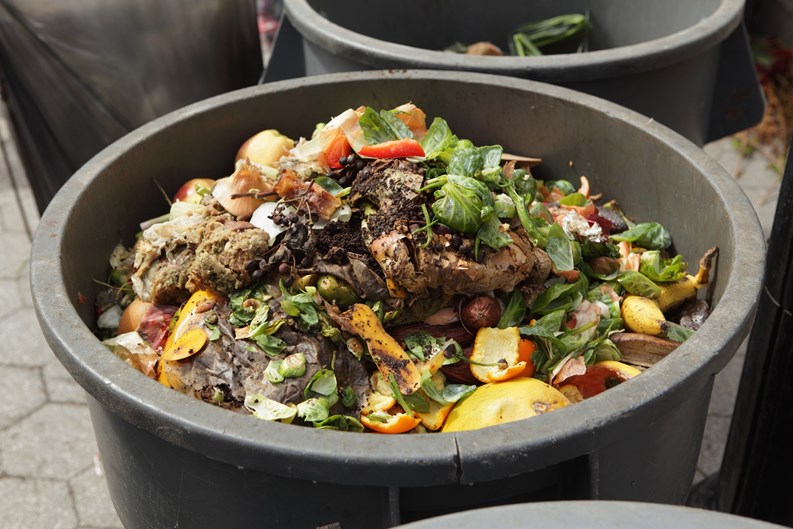
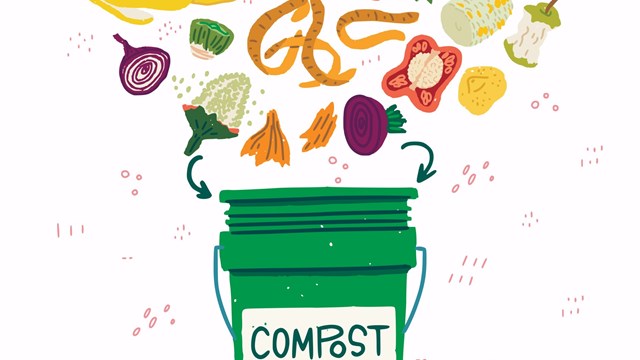
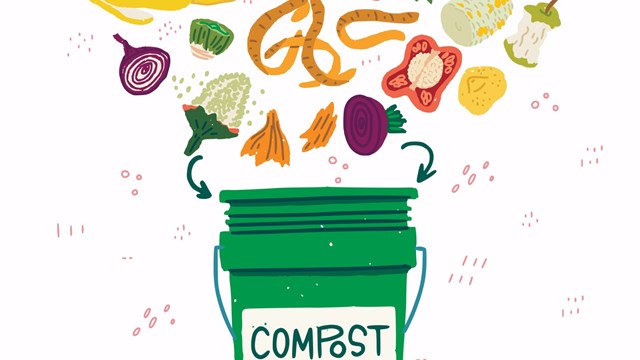
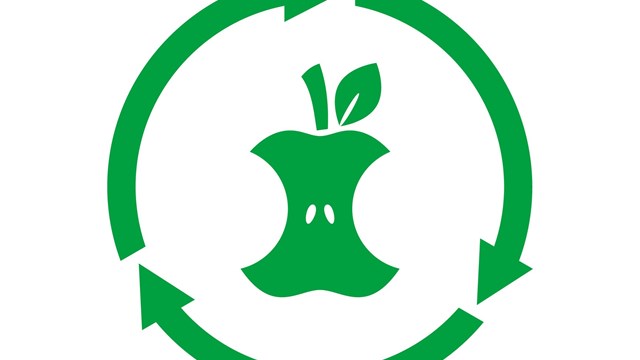

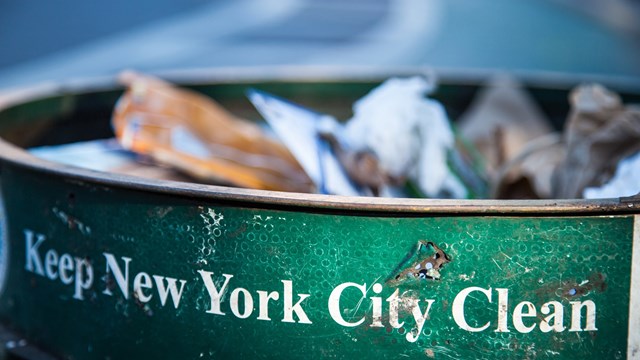
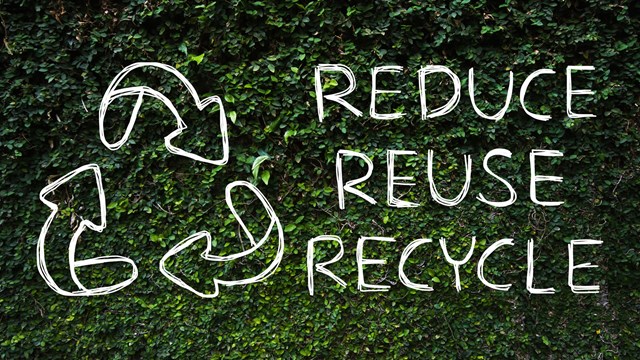
2 Comments
Leave a Comment